Search
Remove Ads
Advertisement
Summary 
Loading AI-generated summary based on World History Encyclopedia articles ...
Search Results

Collection
The Fall of Civilizations
It seems that civilizations inevitably rise and fall no matter how big or small, and in this collection, we look at some of the most famous, spectacular, and mysterious collapses of cultures from the Romans to the Maya. War, famine, climate...
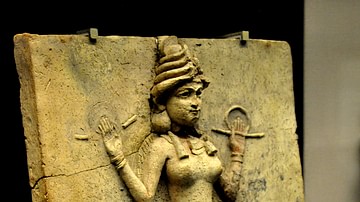
Collection
The Civilizations of the Near East, The People of Mesopotamia
This collection focuses on providing supplementary materials to students who want to enhance their school history studies and to teachers who want a more concise coverage of each lesson that they deliver. This chapter examines the economic...
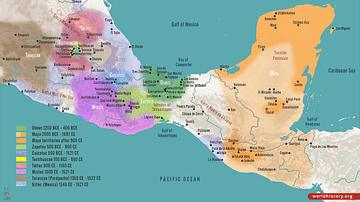
Collection
Mesoamerican Civilizations
Ancient Mesoamerica (modern-day Mexico and Central America) witnessed an extraordinary flourishing of cultures from the beginnings of the Olmec civilization around 1200 BCE, through the Maya civilization and on to the catastrophic fall of...
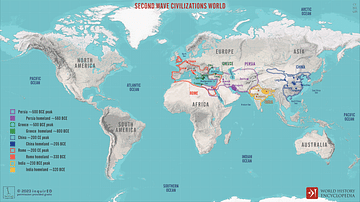
Image
Second Wave Civilizations
A map illustrating the rise and spread of the Second Wave Civilizations between c. 500 BCE and 200 CE (including the Persians, the Greeks, the Romans, the Chinese, and India).
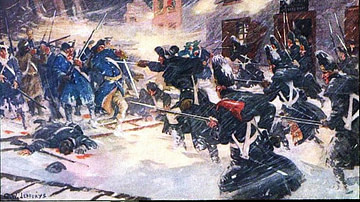
Article
American Invasion of Quebec
The American invasion of Quebec (September 1775-June 1776) was a military campaign undertaken during the American Revolutionary War (1775-1783). Hoping to induce the Province of Quebec to join the rebellion, the Second Continental Congress...
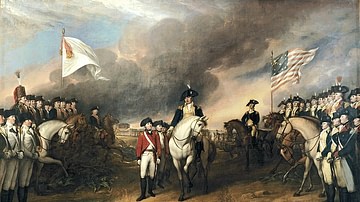
Definition
American Revolutionary War
The American Revolutionary War (1775-1783), or the American War of Independence, was a conflict between Great Britain and its 13 North American colonies, who declared independence as the United States of America. Initially a rebellion within...

Definition
American Revolution
The American Revolution (1765-1789) was a period of political upheaval in the Thirteen Colonies of British North America. Initially a protest over parliamentary taxes, it blossomed into a rebellion and led, ultimately, to the birth of the...

Image
Second-Wave Civilizations Population Centers
A map illustrating the rise and spread of the Second-Wave Civilizations between c. 500 BCE and 200 CE, including the most notable urban settlements where civilizations flourished, transforming societies through trade, cultural exchange, and...
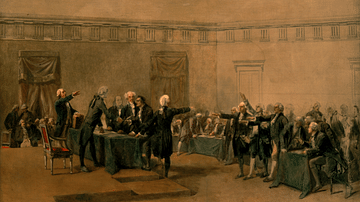
Article
Causes of the American Revolution
The American Revolution (c. 1765-1789) was a definitive event in Western history that saw the emergence of the United States and helped spawn additional waves of revolutions and societal upheavals on both sides of the Atlantic. Though the...
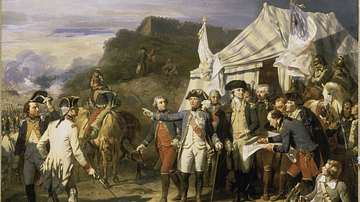
Article
French Involvement in the American Revolution
The involvement of France in the American War of Independence (1775-1783) was not only significant in the progress of the war itself but also as a critical moment for France. Whereas French intervention in the war would help turn the tide...